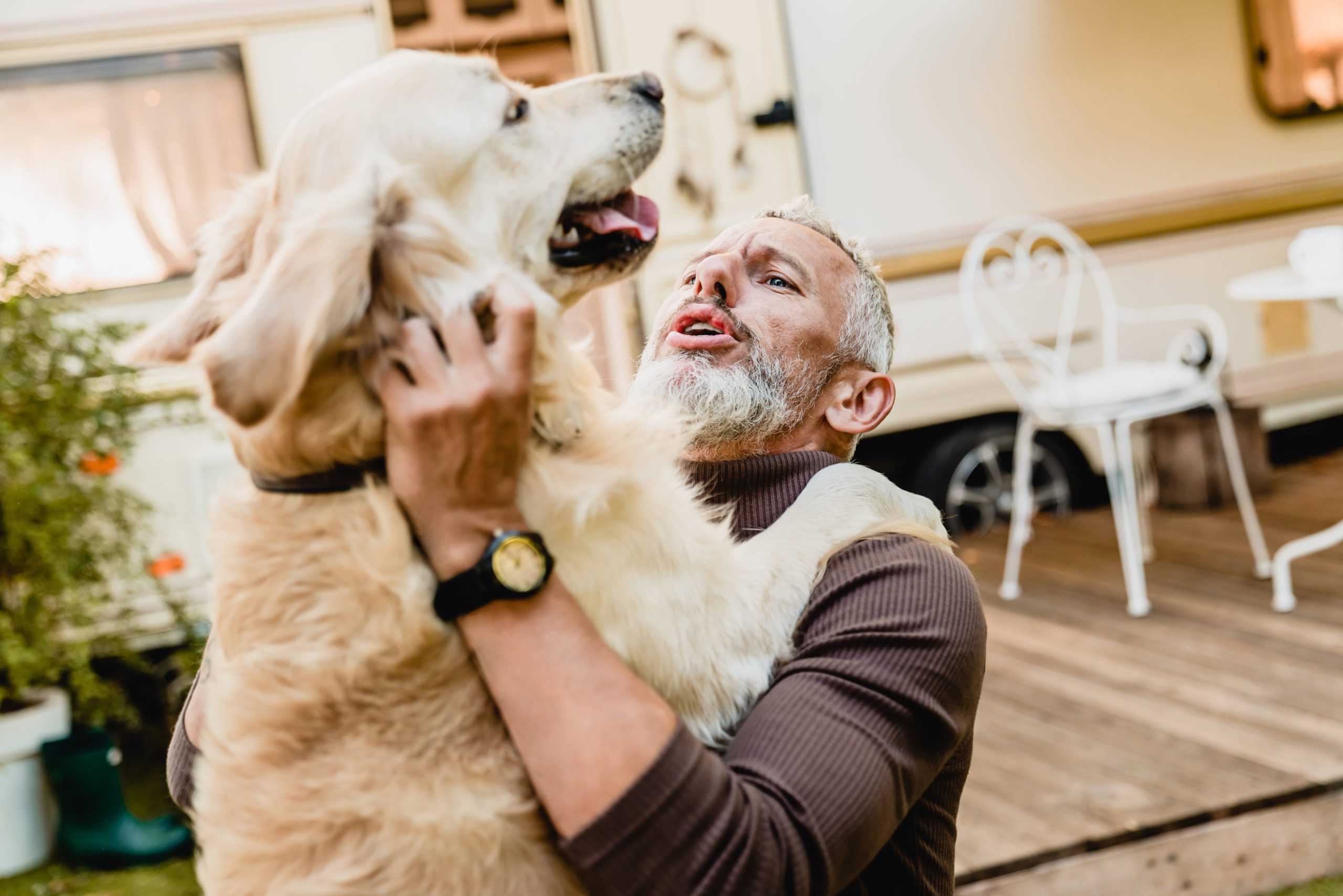
—
Preventing Your Dog from Rolling in Smelly Things
As a pet owner, perhaps one of the most perplexing and somewhat revolting behaviors you might witness is your beloved dog rolling in something horribly smelly, like a dead animal, feces, or rotting garbage. It’s natural to ask why. Why, oh why, given the choice of a pile of dead fish and a comfy, clean bed, does your dog opt for the former?
The good news is, you’re not alone in dealing with this! This behavior is fairly common among our canine friends. To help you maintain a fresher-smelling household and a cleaner dog, we’ll dive into the reasons behind this quirky behavior and explore practical methods to prevent it.
Why Do Dogs Roll in Smelly Things?
The root of this behavior lies in the ancestral ties of our domesticated dogs. Their wild relatives, like wolves, often exhibit similar behaviors. Here are a few leading theories:
1. Camouflage Predator Instincts: In the wild, rolling in strong odors might help mask their natural scent, allowing them to sneak up on prey more easily.
2. Communication: Dogs have incredibly keen senses of smell, and rolling in particular scents allows them to communicate with others in their pack. It’s their social media, a way to share “messages” about where they’ve been or what they’ve encountered.
3. Territorial Marking: Dogs have various ways to mark their territory, and by rolling in certain smells, they might be spreading their scent to declare “ownership” of that area.
4. Attention and Enrichment: Sometimes, this behavior can just be a dog’s way of entertaining themselves or seeking attention from their owner.
Understanding the Appeal
Your dog doesn’t see “smelly” the same way you do. What’s offensive to you can be irresistibly intriguing to them. Dead animals, decaying plants, and even feces can be rich with a plethora of scents that are fascinating to a dog.
But no matter the reason, dealing with a dog that enjoys this behavior can be challenging. So what can you do to prevent it?
Proven Methods to Prevent Your Dog From Rolling in Smelly Things
1. Training and Commands
Training your dog to follow basic commands like “leave it” or “come” can be incredibly effective. Here’s how to reinforce these commands:
– Leave It: Start by showing your dog an interesting object and then saying “leave it” while offering a treat in your other hand. Once they choose the treat over the object, praise them. Gradually increase the temptation, and practice this command regularly, especially during walks.
– Come: Utilize a long leash in a distraction-free environment. Call your dog with a cheerful voice, and reward them with treats and praise when they come to you. Gradually introduce distractions and practice frequently.
2. Supervision
Supervision is key. If your dog tends to roll in smelly things in specific areas, avoid those areas or keep a watchful eye on them while you’re there. This might mean more structured playtime and walks, but it’s worth it to prevent a smelly incident.
3. Redirection
Offering alternative activities can be very effective. If your dog instinctively begins to roll in something undesirable, redirect their attention with a toy or game that they enjoy. Carry a favorite toy during walks or have interactive games ready when they’re off-leash.
4. A Consistent Routine
Dogs thrive on routine. Creating a consistent schedule for walks, playtime, and other activities can reduce their boredom and prevent unwanted behaviors. Complex and varied activities like fetch, puzzle toys, and agility training can provide mental and physical stimulation.
5. Bathing and Grooming
Regular grooming can make your dog feel comfortably clean and free from any lingering smells on their coat, reducing their instinct to mask their scent. Be careful not to over-bathe, as it can strip the coat of its natural oils.
6. Desensitization and Counterconditioning
Desensitization involves gradually exposing your dog to the stimulus (the smell or setting) that provokes them to roll and rewarding calm behavior. Counterconditioning involves changing your dog’s emotional response to the stimulus by associating it with positive experiences, like treats or praise.
7. Using Training Tools and Accessories
There are various training aids available that can help prevent unwanted behaviors. Long training lines and head collars can give you better control over your dog’s movements without inhibiting their freedom completely.
8. Professional Help
If despite your best efforts, your dog persists in rolling in smelly things, consider seeking help from a professional dog trainer or behaviorist. They can offer personalized strategies and support tailored to your dog’s specific needs.
Conclusion
Dogs will be dogs, and some of their instincts can be bewildering and downright smelly to us. However, understanding the nature of this behavior and proactively training and supervising your dog can go a long way in preventing these undesirable moments. With patience, consistency, and positive reinforcement, you and your fresh-smelling dog can enjoy many happy adventures together.
Remember, stopping by our blog regularly for more tips, tricks, and expert advice will help you keep on top of all your pet training and behavior needs!
—






